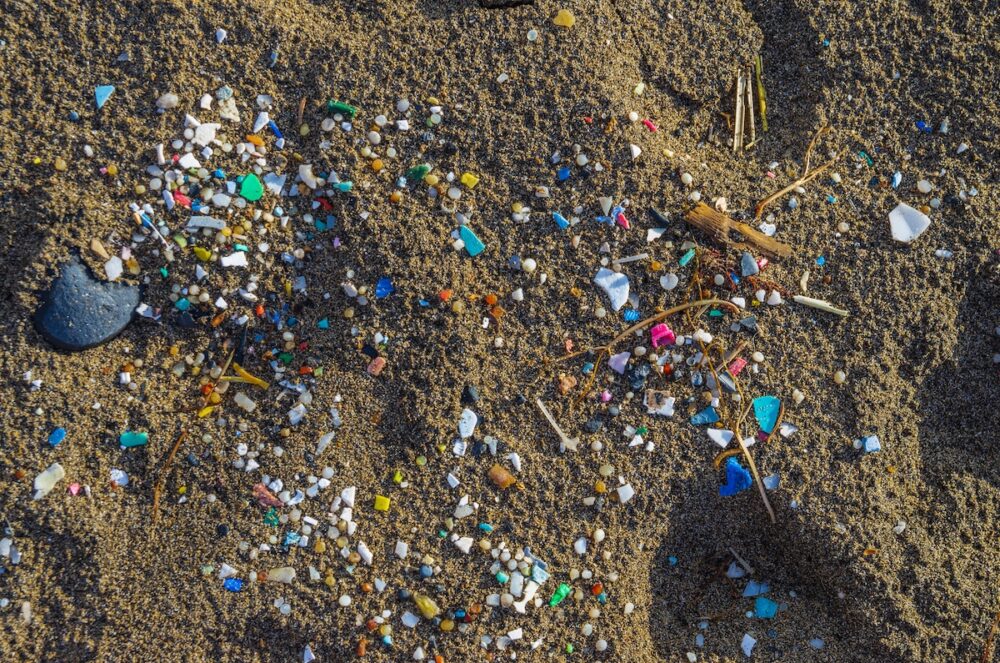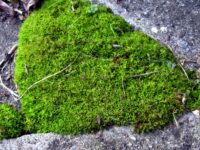Within just the top two inches of sediment covering the shorelines and seafloor of Narragansett Bay, over 1,000 tons of microplastics reside. As a relatively new factor in the sedimentary system, plastics have reached the majority of ecosystems on the planet, from the highest mountain peaks to the deepest parts of the oceans. Microplastics vary in density and material, and they consist of any plastic particles smaller than 5 millimeters. These particles can take the form of primary microplastics, such as nurdle pellets from plastic production, or secondary plastics from the breakdown of macroplastics.
Narragansett Bay — New England’s largest estuary, formed from drowned river valleys — is primarily fed by low-sediment yield rivers, including the Providence and Seekonk Rivers, the Palmer and Barrington Rivers, and the Taunton River. The rapid development of Providence and surrounding areas during the Industrial Revolution sparked the known history of pollution in the watershed, particularly with organic pollutants and heavy metals. With these densely populated urban areas present at the mouth of the rivers draining into the bay, plastics are frequently introduced into the estuary. Narragansett Bay is an extremely valuable natural resource, protecting coastlines from erosion, naturally filtering runoff, providing home to thousands of species, and contributing billions of dollars to Rhode Island’s economy through fishing and tourism. The estuary is extremely vulnerable, as the ecosystem’s health is affected by activity upstream in the watershed, which consists of much of Rhode Island and Massachusetts. The presence of microplastics in the bay has been recognized; however, the fate, transport, and impact of microplastics in Narragansett Bay, or any estuary, have been relatively unknown until recent studies.
In the first-ever system-scale study of microplastic sedimentary storage in estuaries, PhD candidate Victoria Fulfer and a team of researchers at the University of Rhode Island have revealed the extent and potential impacts of microplastic pollution in Narragansett Bay. Fulfer sampled multiple transects from the upper beach, mid beach, intertidal, and subaqueous zones at various sites — from the upper bay near Providence to the lower estuary — to identify a gradient in sedimentary plastic deposition and storage. Every sample contained microplastics, with the highest concentrations found at Bold Point Park in East Providence. More rural areas near Aquidneck Island and Narragansett surprised scientists with similarly significant microplastic concentrations. Of all plastics found, 70% were composed of polyethylene, polypropylene, and polystyrene, which are common in single-use plastics. River input alone is estimated to release around 14 tons of plastic each year into Narragansett Bay.
“River input alone is estimated to release around 14 tons of plastic each year into Narragansett Bay.”
While the impacts of microplastics are vastly understudied, there are many known negative effects on marine organisms and humans. Sea birds that ingest small plastic particles can experience forced satiation: not receiving nutrients and eventually starving. Fish exposed to microplastics suffer from restricted growth, oxidative stress, and neurotoxicity. In a model exposing mice to microplastics, polyethylene decreased glial fibrillary acidic protein expression, leading to depression and Alzheimer’s disease. The potential effects of microplastics on humans and ecosystems are still poorly understood. Gert Everaert and a group of scientists from the Flanders Marine Institute in Belgium performed a risk assessment of the environmental impacts of microplastics and estimated a threshold of 540 particles per kilogram of sediment, above which ecosystems could experience harmful effects. Nearly 80% of the samples taken from Narragansett Bay exceed this threshold.
However, Fulfer’s findings could introduce the possibility of more efficient plastic removal from the environment. As seen through the significant microplastic storage in Narragansett Bay, estuarine environments could serve as a target for management of microplastic pollution. Similar to catch basins that require cleaning to continue functioning properly, these microplastic filtering ecosystems could be “cleaned” to prevent plastics from escaping sedimentary storage and re-entering the water column. Management of plastic waste is still a widespread issue, so taking action to reduce inputs and avoid single-use plastics is crucial in protecting estuaries and other valuable coastal ecosystems that bear the burden of microplastics.






